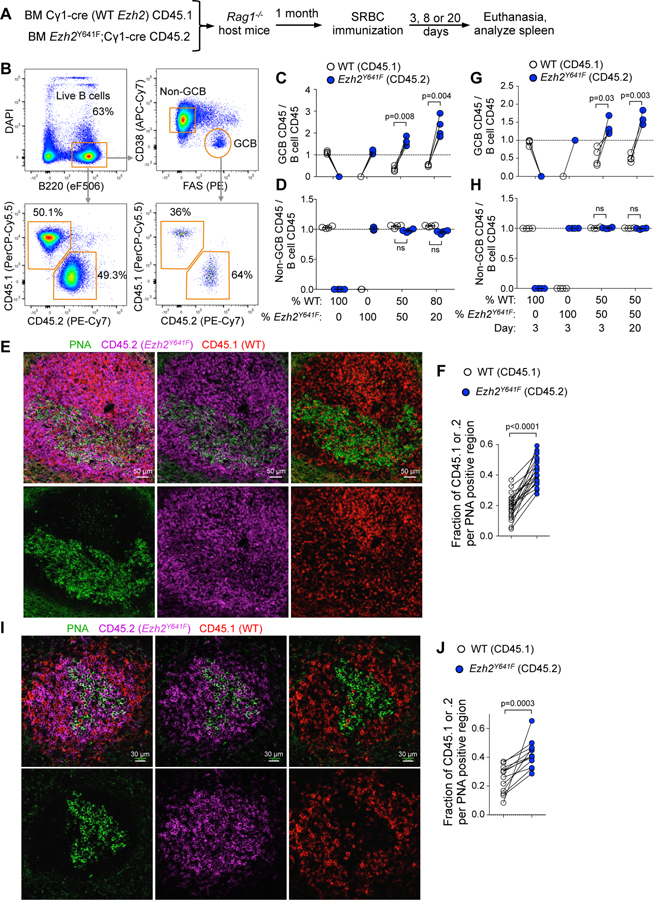Figure 1. Mutant Ezh2 provides an advantage to activated B cells in expanding the GC reaction.
A. WT bone marrow (BM) (CD45.1) mixed with Ezh2Y641F BM (CD45.2) was injected into Rag1-/- mice, SRBC-immunized and euthanized 3, 8 or 20 days later.
B. Gating strategy of splenocytes of one representative sample.
C. Flow cytometry data of mice immunized for 8 days was analyzed by normalizing the percentage of CD45.1+ GC B cells (CD38-FAS+) to their parental CD45.1+ B cells (B220+DAPI-), and equivalent normalization with CD45.2+ populations. Each pair of connected dots represents a mouse (n=4); paired t tests.
D. Analysis of non-GC B cells (CD38+FAS-) at day 8 was done as in C.
E. IF confocal microscopy images of chimeric splenic GCs at day 8 post-SRBC.
F. Quantification of PNA fluorescence was overlapped with CD45.1 and CD45.2 shown in E (and non-shown images), each pair of connected dots representing a single GC; paired t tests.
G-H. Analysis of GC B cells (G) and non-GC B cells (H) at days 3 and 20 post-SRBC were done as in C (n=4 per group).
I. IF confocal microscopy images of chimeric splenic GCs at day 3 post-SRBC.
J. Quantification of GCs shown in I (and non-shown images) was done as in F.
Results at day 8 are representative of 3 independent experiments.
See also Figure S1.

